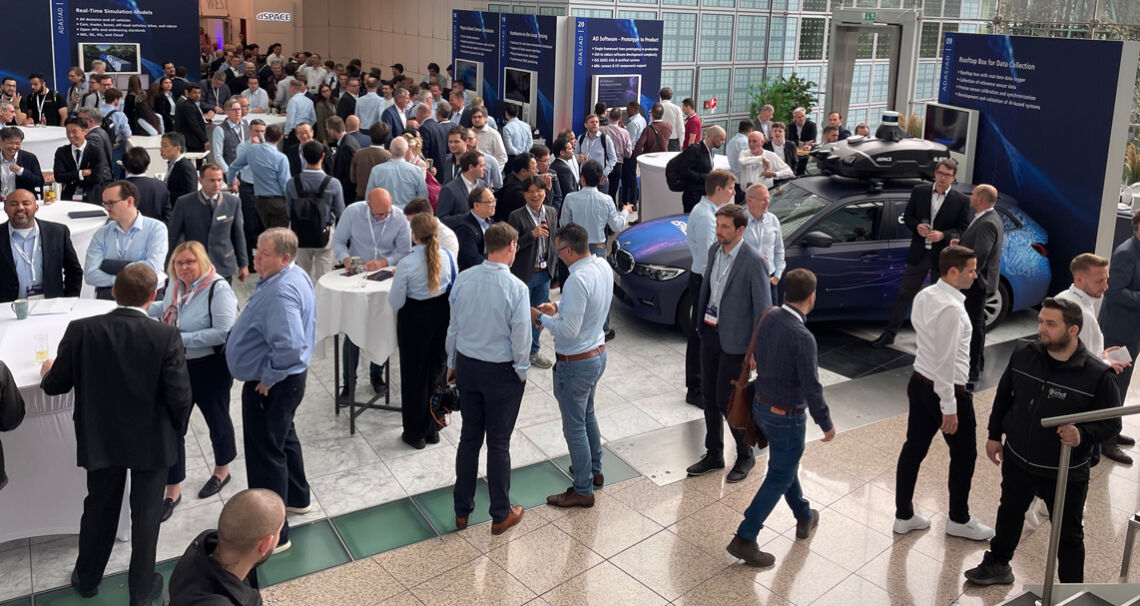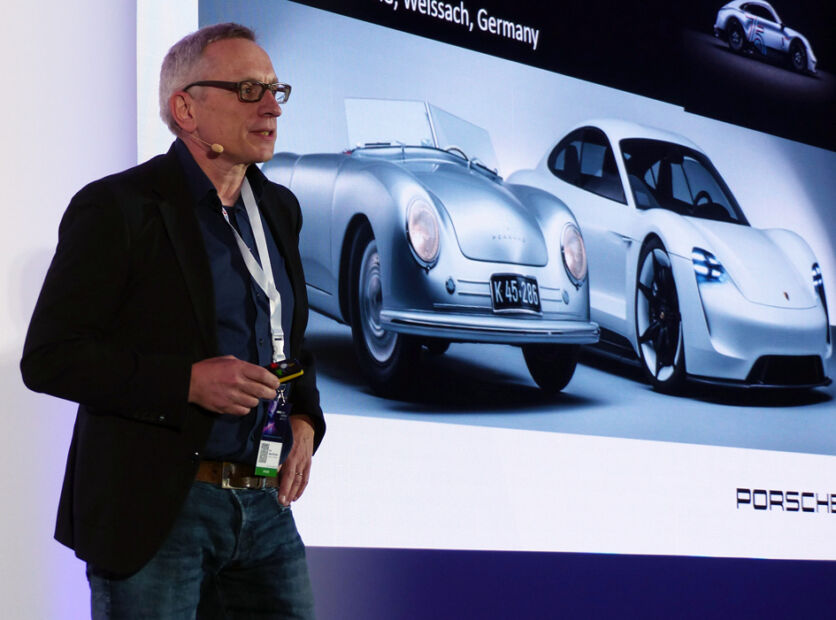Harder than we thought
- May 29, 2023
- Steve Rogerson

Steve Rogerson ponders on why car makers are a little less confident in their autonomous driving predictions.
Though we see trials of robotaxis and the like as far apart as California and Beijing, it has become clear that the car industry has stepped back seriously from its vision of only a few years ago of fleets of autonomous vehicles taking us wherever we wanted to go. The reason is simple. When they got down to it, they found it was a lot harder than they thought.
Today, the same car companies that were showing impressive concept cars with all four seats facing each other while the car got on with the hard work are now talking about monitoring human drivers for drowsiness, better sound in the vehicle and warning if a child has been left in the back seat. OK, all these are important but they are a long way from self-driving cars navigating roads that were designed for people and city centres that grew up haphazardly without a designer in sight.

Instead, we are having reminders about how nice it is to drive. “Nobody buys a Porsche because they want automated driving,” was the message from Jürgen Bortolazzi, who is head of driver assistance and automated driving at Porsche, in his keynote address at last week’s DSpace World Conference in Munich. DSpace is a German company that provides software tools to help car makers develop vehicles. Bortolazzi promised that “you will always be able to drive a Porsche yourself”.
In fairness, he did acknowledge there were many driving situations that were not fun at all and that maybe when sitting in a traffic jam it might be time better spent getting on with some work while the car inches along on its own. However, his clear message was that driver assistance not driver replacement was what Porsche was offering across its range.
“Our goal,” he said, “is not to be the first to introduce automated driving but to offer it when it is mature enough and there is a good business case.”
Rather than that being a shocking statement, it has become the norm among car makers from around the world as they conveniently forget their excitement of such a short time ago and focus on nudging the driver if the car drifts out of the lane.
As an aside, I think it was clear the designers at Porsche were a little stunned when they saw what those bulky lidar units looked like on some of the test drives being carried out. That does not follow the sleek, sophisticated image for which the status-symbol car has become known.
“We will not put lidar on the roof even though from a technical point of view that is the best place for it,” insisted Bortolazzi. “We are looking for a stylish way to do this.’
In a way, the predictions of a few years ago were understandable. A common experience in my lifetime is that technology often moves more quickly than we expect, but sometimes the big picture moves more slowly. The classic example is space exploration. How many, like me, dreamed during the 1970s that by now we would have colonies on other planets and going into space would be almost as normal as nipping to the shops for a loaf of bread?
In the case of space, the adventure was slowed down by that old difficulty – a lack of money or better things on which to spend the money. Car makers too have hit the same barrier; building self-driving cars that are safe is extremely complicated and therefore costs a lot of money.
There is still an understandable nervousness that if they get this wrong then the headlines about killer robot cars could destroy public confidence and set the industry back decades. It is important though to remember that self-driving cars do not have to be 100% safe, though hopefully one day they will be, but they just have to be safer than human drivers, and that is a very low bar.
We have all seen the statistics of the number of road deaths and serious accidents. If it can be shown that the number of deaths is falling as more automated cars hit the roads, then public acceptance will follow. However, even achieving that is still more complicated than was once imagined.
So, did the car makers set themselves unrealistic targets? I sincerely hope not.





